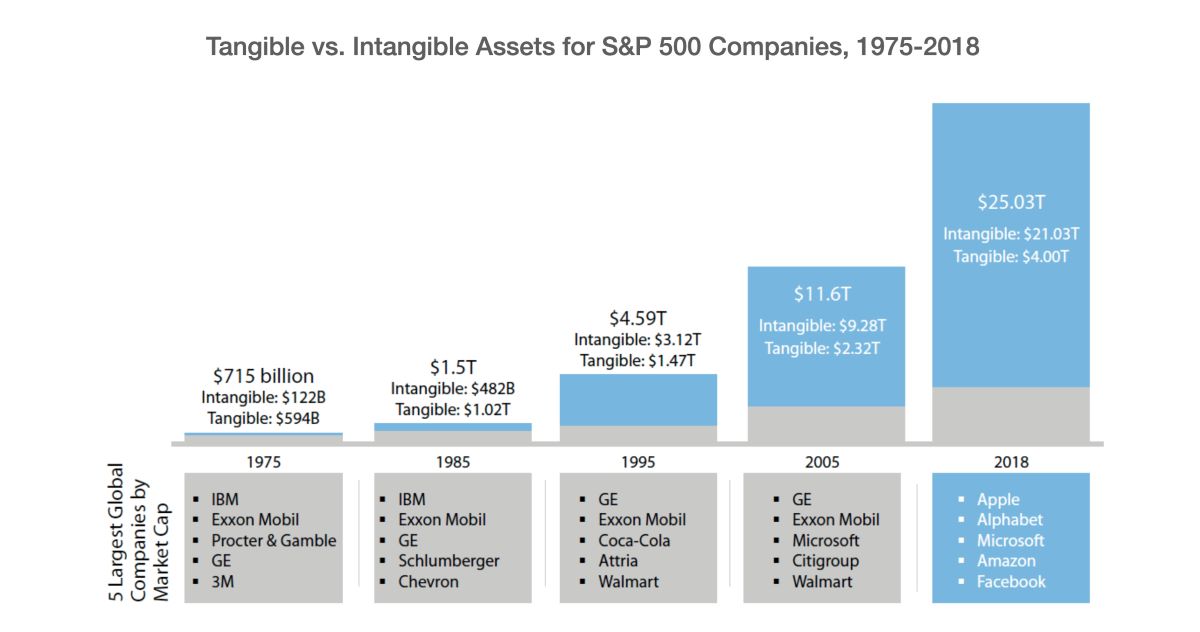Home>Finance>How Long Does A Balance Transfer Take With Citi


Finance
How Long Does A Balance Transfer Take With Citi
Published: February 18, 2024
Learn about the duration of balance transfers with Citi and manage your finances efficiently. Find out how long it takes and plan your financial strategy accordingly.
(Many of the links in this article redirect to a specific reviewed product. Your purchase of these products through affiliate links helps to generate commission for LiveWell, at no extra cost. Learn more)
Table of Contents
Introduction
When it comes to managing credit card debt, a balance transfer can be a strategic move to save on interest and simplify your financial obligations. If you’re considering a balance transfer with Citi, it’s important to understand the process and the factors that can impact the timeline for completing the transfer.
By transferring your existing credit card balance to a Citi card with a lower interest rate or promotional offer, you can potentially reduce the overall cost of your debt and pay it off more efficiently. However, it’s crucial to have a clear understanding of how long the process might take and what you can do to expedite it.
In this article, we’ll delve into the details of balance transfers with Citi, exploring the factors that influence transfer times and providing valuable insights into expediting the process. Whether you’re new to balance transfers or seeking to optimize your existing Citi card, this guide will equip you with the knowledge to make informed decisions and take control of your financial journey.
Understanding Balance Transfers with Citi
Before delving into the specifics of balance transfer timelines, it’s essential to grasp the fundamental concept of balance transfers with Citi. A balance transfer involves moving existing credit card debt from one or multiple accounts to a Citi credit card, typically offering a lower interest rate or a promotional period with minimal or zero interest. This process allows individuals to consolidate their debt and potentially save on interest expenses, providing a pathway to more manageable and cost-effective debt repayment.
When considering a balance transfer with Citi, it’s crucial to review the terms and conditions associated with the transfer, including any promotional offers, balance transfer fees, and the standard interest rates that will apply after the promotional period, if applicable. Understanding these details will enable you to make an informed decision regarding the potential benefits and costs of transferring your balance to a Citi card.
Familiarizing yourself with the specific requirements and procedures for initiating a balance transfer with Citi is also vital. This may involve accessing your Citi account online, contacting customer service, or utilizing dedicated balance transfer tools provided by the bank. By understanding the process and requirements, you can navigate the transfer process more effectively and anticipate the timeframes involved.
Moreover, being aware of the potential impact of balance transfers on your credit score is essential. While a balance transfer itself may not directly harm your credit score, factors such as the new credit inquiry, changes in credit utilization, and the closure of old accounts can influence your overall credit profile. By comprehending these implications, you can make strategic decisions to mitigate any potential short-term effects on your credit score.
By gaining a comprehensive understanding of the dynamics of balance transfers with Citi, you can approach the process with confidence and clarity, maximizing the potential benefits while mitigating any associated risks or drawbacks.
Factors Affecting Balance Transfer Times
Several factors can influence the timeline for completing a balance transfer with Citi. Understanding these variables is crucial for managing expectations and making informed decisions regarding the transfer process.
- Account Verification: The verification of the accounts involved in the balance transfer process can significantly impact the timeline. This includes confirming the details of the existing accounts from which the balances will be transferred and validating the recipient Citi account.
- Processing Procedures: The internal processing procedures of Citi, as well as any intermediary banks involved in the transfer, can affect the overall timeline. This encompasses the time required for the initiation, approval, and execution of the balance transfer.
- Balance Transfer Method: The method chosen for the balance transfer, whether it’s initiated online, through customer service, or via a balance transfer check, can influence the processing times. Online transfers may expedite the process, while other methods could entail additional processing and delivery durations.
- Balance Transfer Amount: The amount of the balance being transferred can impact the timeline, especially if it exceeds certain thresholds or triggers additional verification and approval processes.
- Weekend and Holiday Considerations: The timing of the balance transfer request in relation to weekends and holidays can affect processing times. Requests made on weekends or during bank holidays may encounter delays due to limited or non-operational banking hours.
By recognizing these factors, individuals can gain insights into the variables that may influence the duration of their balance transfer with Citi. This understanding empowers them to plan strategically and anticipate potential timelines, thereby minimizing uncertainties and streamlining the transfer process.
How Long Does a Balance Transfer Typically Take with Citi?
The timeline for completing a balance transfer with Citi can vary based on several factors, including the specific circumstances of the transfer and the efficiency of the processing procedures. While individual experiences may differ, it’s beneficial to have a general understanding of the typical timeline for balance transfers with Citi.
On average, the processing time for a balance transfer with Citi ranges from 7 to 14 days. However, it’s important to note that this timeframe is an estimate, and actual transfer times can be influenced by the factors outlined earlier, such as account verification, processing procedures, and the chosen transfer method.
Online balance transfers initiated through the Citi online banking portal or mobile app may expedite the process, potentially resulting in quicker turnaround times compared to other methods. However, it’s essential to consider additional factors such as the verification of external accounts and the overall processing queue at the time of the transfer request.
During peak periods or high-demand seasons, such as promotional balance transfer offers or holiday periods, processing times may be extended due to increased volumes and resource allocation. As a result, individuals considering a balance transfer with Citi during these periods should account for potential delays and plan accordingly.
It’s important to monitor the progress of the balance transfer through the Citi online banking platform or by contacting customer service if there are any concerns regarding the timeline. By staying informed and proactive, individuals can ensure that the transfer progresses smoothly and address any potential issues promptly.
While the typical timeline for a balance transfer with Citi provides a general framework, it’s essential to approach the process with flexibility and awareness of the potential variables that can influence transfer times. By doing so, individuals can navigate the transfer process with realistic expectations and effectively manage their financial commitments.
Tips for Expediting Balance Transfer Times
While the timeline for completing a balance transfer with Citi is influenced by various factors, there are strategic measures that individuals can take to expedite the process and enhance the efficiency of the transfer. By implementing the following tips, you can potentially streamline the balance transfer timeline and experience a more seamless transition of your credit card debt.
- Opt for Online Transfers: Initiate the balance transfer through Citi’s online banking platform or mobile app. Online transfers often undergo expedited processing, reducing the overall timeline for the transfer.
- Ensure Accurate Account Information: Verify the accuracy of the account details for both the originating accounts and the Citi recipient account. Inaccurate information can lead to delays or rejections, prolonging the transfer process.
- Monitor Transfer Progress: Regularly check the status of the balance transfer through Citi’s online banking tools. By staying informed about the progress, you can promptly address any potential issues that may arise during the transfer process.
- Anticipate Peak Periods: Consider the timing of your balance transfer request to avoid peak periods, such as promotional offer deadlines or holiday seasons. By strategically timing your request, you may minimize potential delays associated with high processing volumes.
- Understand Transfer Terms: Familiarize yourself with the terms and conditions of the balance transfer, including any promotional periods and associated fees. Clear comprehension of these details can facilitate a smoother transfer process and mitigate unexpected hurdles.
- Proactive Communication: If you encounter any issues or uncertainties during the transfer process, don’t hesitate to reach out to Citi’s customer service for assistance. Proactive communication can help resolve potential obstacles and expedite the transfer.
By incorporating these tips into your approach to balance transfers with Citi, you can optimize the transfer timeline and navigate the process with greater confidence and efficiency. These proactive measures empower you to take control of your financial decisions and maximize the benefits of transferring your credit card balances to a Citi card.
Conclusion
Embarking on a balance transfer journey with Citi presents an opportunity to strategically manage and reduce credit card debt, ultimately contributing to improved financial wellness. By comprehending the intricacies of balance transfers, understanding the factors influencing transfer times, and implementing strategies to expedite the process, individuals can navigate the transfer journey with confidence and efficiency.
Throughout this guide, we’ve explored the fundamental principles of balance transfers with Citi, emphasizing the potential benefits of consolidating debt and minimizing interest expenses. Understanding the nuances of balance transfers, including the impact on credit scores and the significance of transfer terms, equips individuals with the knowledge to make informed decisions tailored to their financial objectives.
Moreover, by recognizing the factors that can influence balance transfer times, individuals can manage their expectations and plan strategically to mitigate potential delays. Whether it’s leveraging online transfer methods, verifying account details, or monitoring transfer progress, proactive measures can expedite the transfer timeline and enhance the overall experience.
As individuals navigate the process of initiating a balance transfer with Citi, it’s essential to approach the journey with pragmatism and flexibility, acknowledging that individual circumstances and external factors may influence the transfer timeline. By staying informed, proactive, and mindful of the tips for expediting balance transfer times, individuals can optimize the transfer process and realize the benefits of efficient debt consolidation and interest savings.
Ultimately, a well-executed balance transfer with Citi can pave the way for a more manageable and cost-effective approach to credit card debt repayment, aligning with long-term financial goals and fostering greater financial stability. Armed with a comprehensive understanding of balance transfers and the tools to expedite the process, individuals can embark on their transfer journey with confidence, empowered to take control of their financial well-being.














